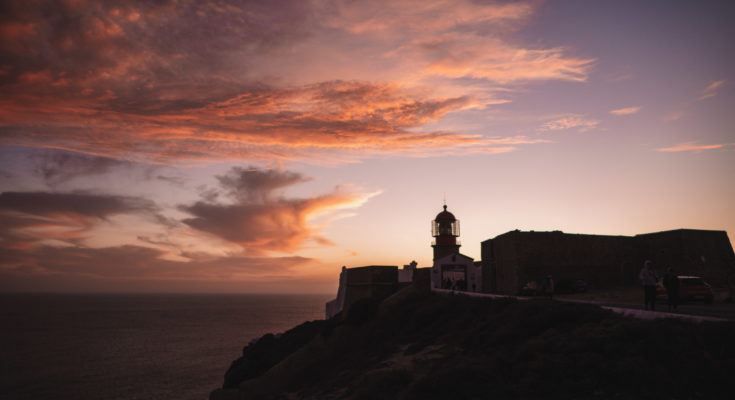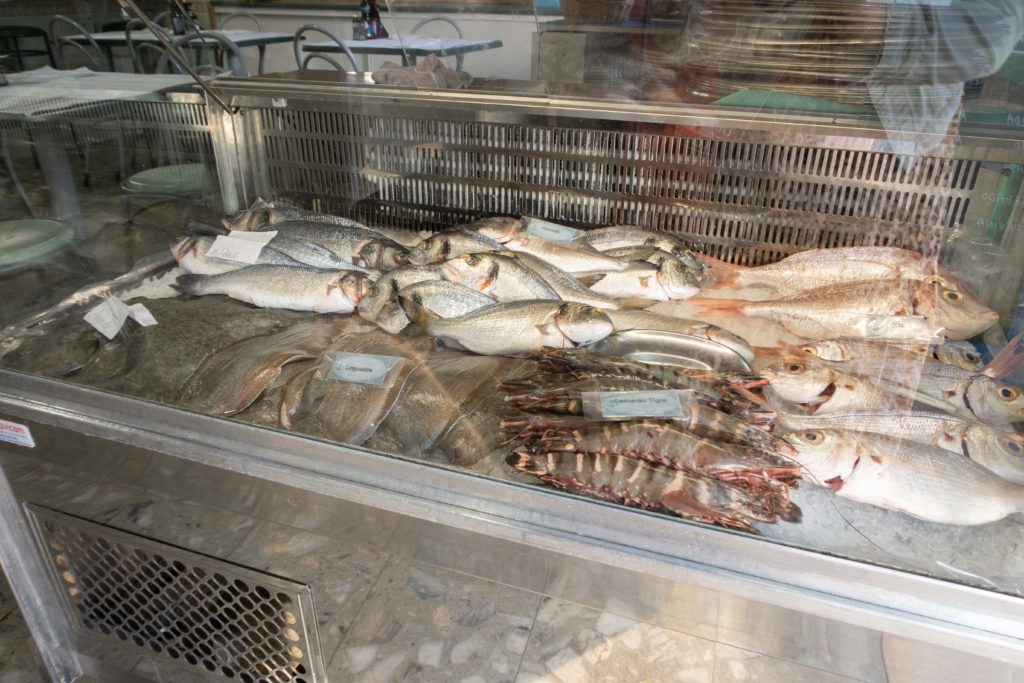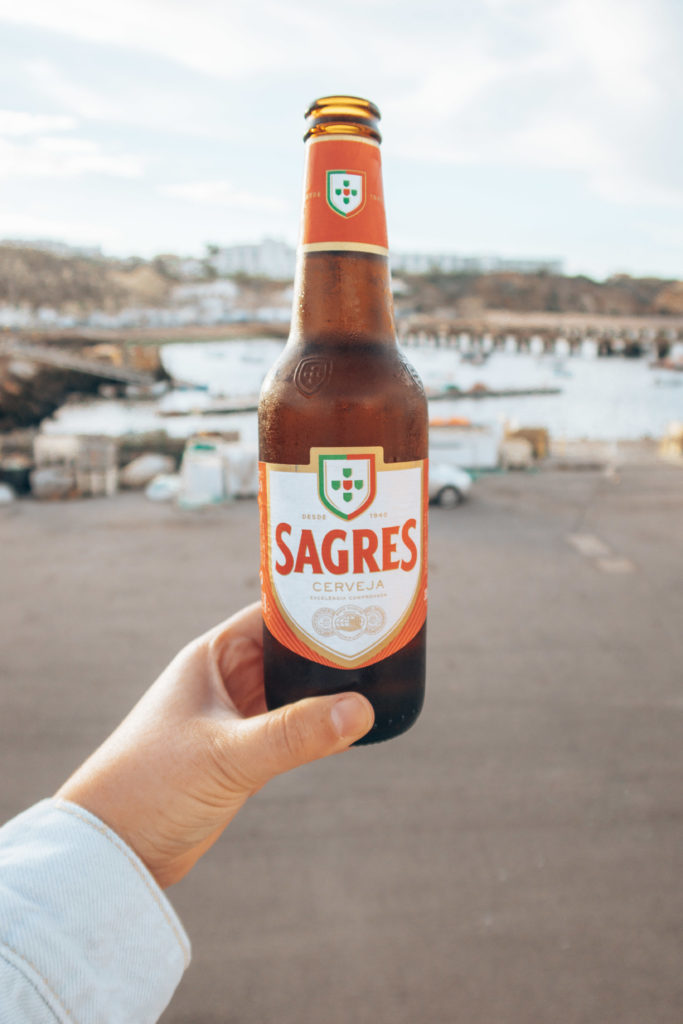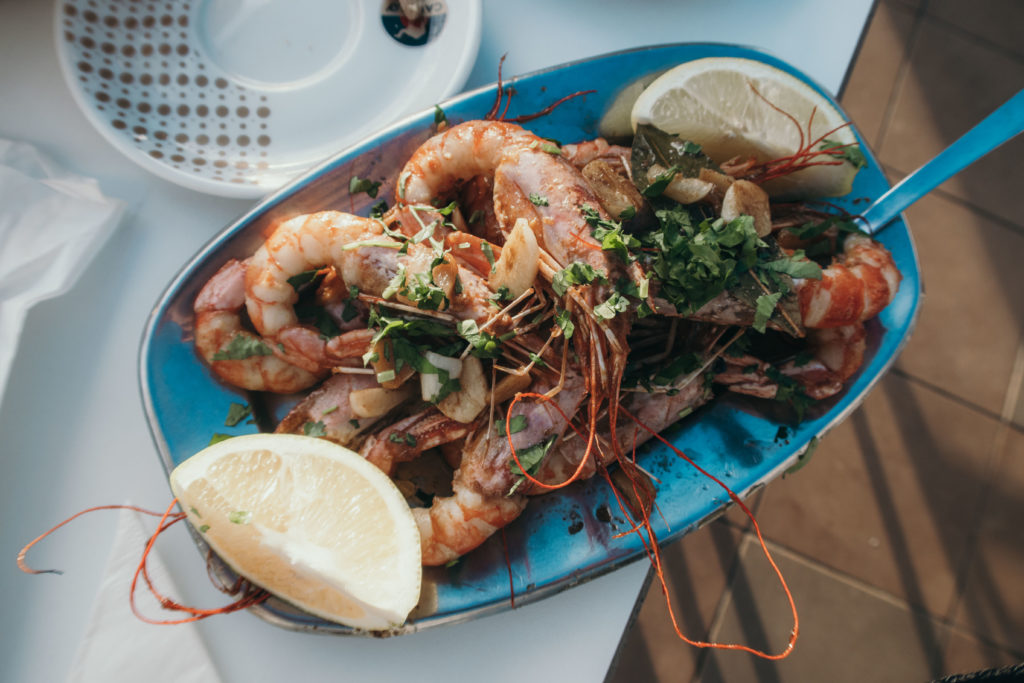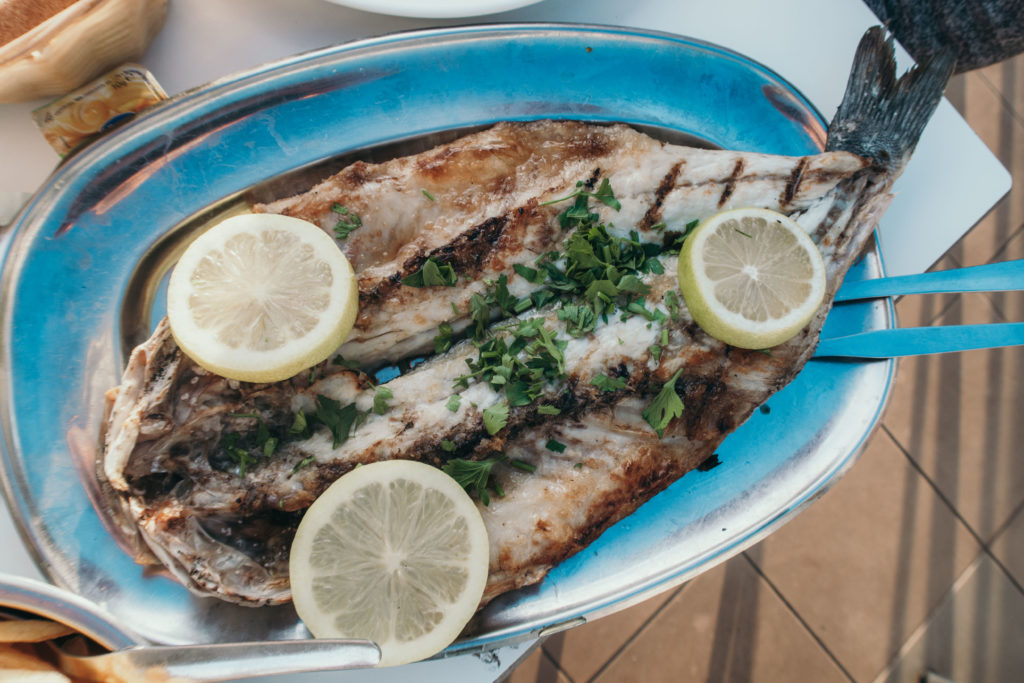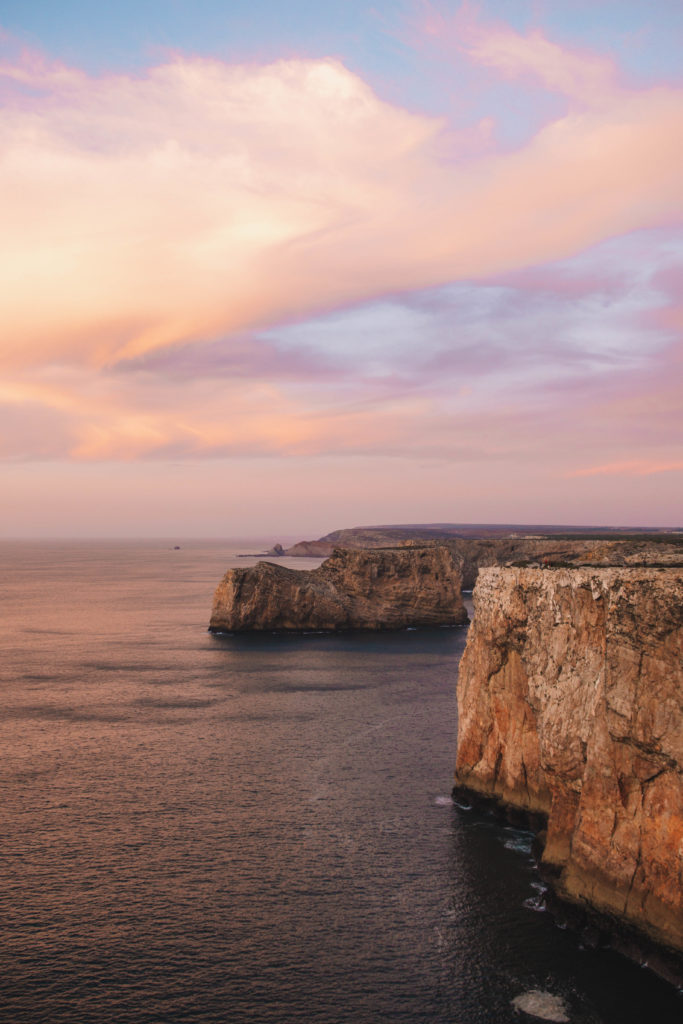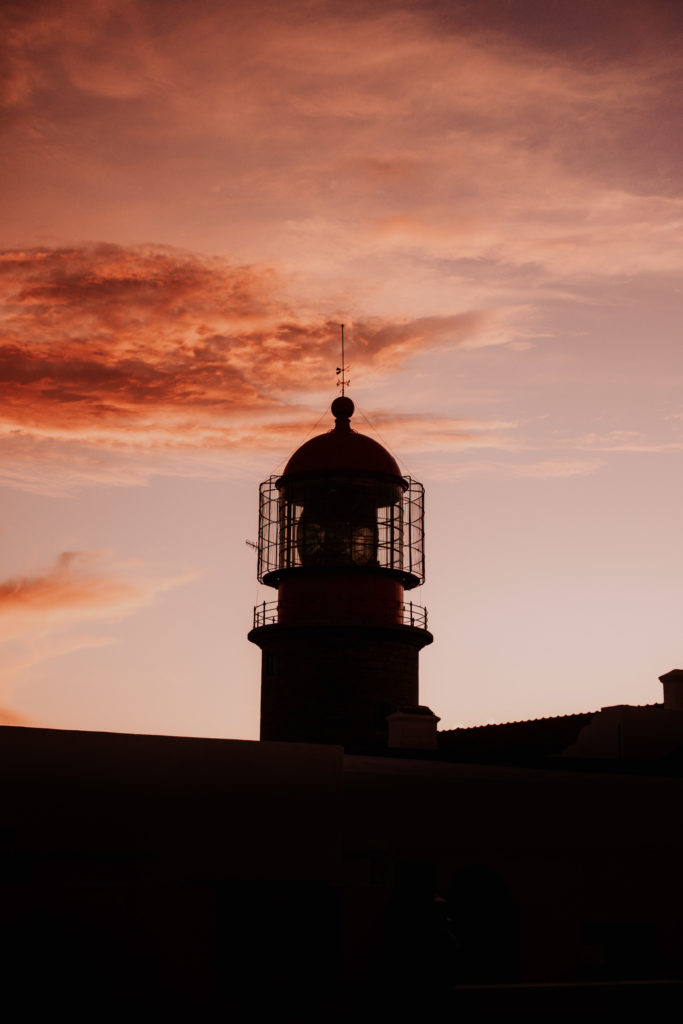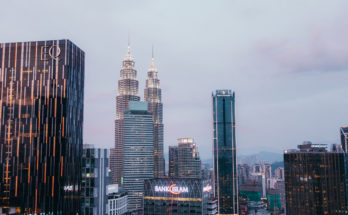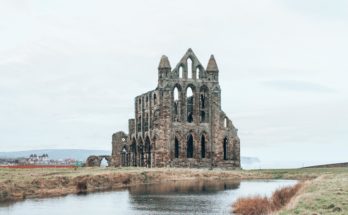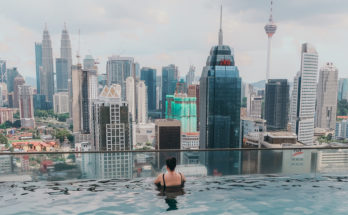Before visiting Portugal I had never even heard of Sagres. Balanced on the most southwesterly cliffs of mainland Europe, Sagres was for centuries believed to be the end of the world and a trip to the Algarve would not be complete without visiting this little village.
With a population of around 2 000 permanent residents, Sagres is small, sweet and an ideal escape from the summer crowds around Faro and Lagos. Even though Sagres is a fishing village, tourism has in recent years become the main source of income for the area and thus the town is now filled with holiday apartments, boutique hotels and Airbnb accommodation. For an exceptional stay, book far in advance and stay in one of the stunning cottages at Cercas Velhas. In town, ensure you make a stop at the incredibly colourful pottery shop, Ceramica Paraiso. Covered in colourful plates decorated in traditional designs, the shop has become one of the most Instagrammable places in the Algarve.

With a laid back atmosphere, Sagres is easy to explore by foot and walking down to the sheltered harbour is a must. When there, pick your own fresh fish and watch them cook it on an open fire at A Sereia – the small family run restaurant that arguably serves some of the best seafood in Portugal.
Around Sagres the entire coastline dominated by tall cliffs, carved away by the raging seas and powerful winds known to this area. Sporadically the cliffs give way to small coves and protected beaches – some of the best in Portugal in my opinion. When in Sagres, make sure you visit all four of the town’s main beaches, Praia da Mareta, Praia do Tonel, Praia da Baleeira and Praia do Martinhal as they are all unique and absolutely stunning.
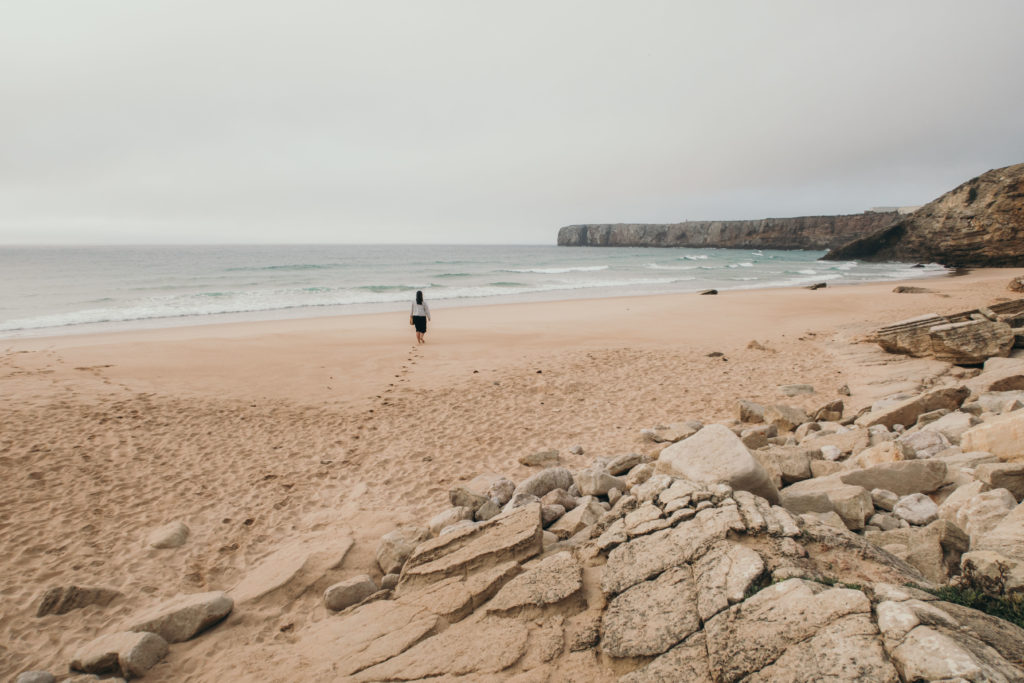
A dream destination for all outdoors enthusiasts, Sagres offers some of the best hiking, surfing and mountain biking in southern Portugal. Surfboards and mountain bikes are available to hire, but be sure to book them in advance during the peak season. A few surf schools can also help you sharpen up your skills.
Due to it’s remote location, there is little to no public transport in Sagres. An inexpensive bus from Lagos runs regularly to Sagres, but once there, you will have to explore by foot or bicycle. Renting a car is a much better option as you will have the freedom to explore the wonderful surrounding area and the gems it has to offer. One of them, the only major tourist attraction in Sagres, is the Fortaleza de Sagres. With only one defensive wall spanning the southern edge, the fort is further guarded by the sheer cliffs surrounding the little lighthouse. In October 2019 the entrance fee was €4 per person and a visit is not complete without exploring the lighthouse, grotto, the large wind compass and a scenic 1.5km walk along the cliffside.
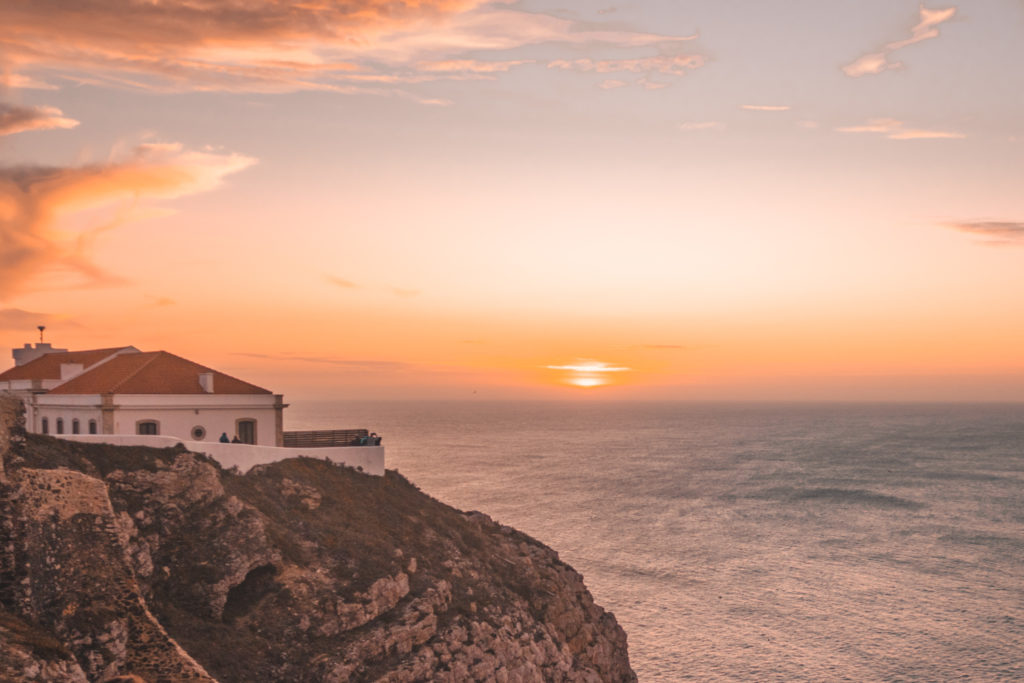
If you are in Sagres with a rental car and you are willing to wander a bit further afield, make sure you do the 10 minute drive up to Cabo de Sao Vicente, also known as Cape St. Vincent. The Cape St Vincent lighthouse, built in 1846 over the ruins of a Franciscan convent dating from the 16th century, stands 24 metres (79 ft) high above the barren landscape. Guarding one of the busiest shipping lanes in the world, the Cabo de Sao Vicente lighthouse is currently one of the most powerful lighthouses in Europe with a lamp that can be seen up to 60 kilometers (37 miles) away.
Getting to the Cabo de Sao Vicente Lighthouse is easiest with a rental car, but a bus service operated by Eva leaves Sagres each day at 11h15 and returns from the lighshouse back to Sagres at 15h05. A single journey cost €1.95 each way in October 2019, but I strongly advice checking time and prices before you go, as it varies depending on season. Inside the lighthouse there is a rooftop bar, but take your own drinks to enjoy picnic-style along the cliffsides – one of the best places in the world to watch the sunset. When visiting Cabo de Sao Vicente and its resident lighthouse, make sure you take some warmer clothing with you. Exposed to the elements, especially the ruthless wind, temperatures here are much lower than in the rest of the Algarve.
If you don’t want to take the trip to Cabo de Sao Vicente for the views, then do it for the sausages. Truly being the last place you can buy a sausage before crossing the Atlantic ocean to the Americas, the Letze Bratwurst vor Amerika stand has become an iconic institution and no trip to Sagres is complete without eating a German sausage while looking over the cliffs.
If you would like to see more from my travels in Portugal, be sure to follow me on Instagram at @luzanne_f.

